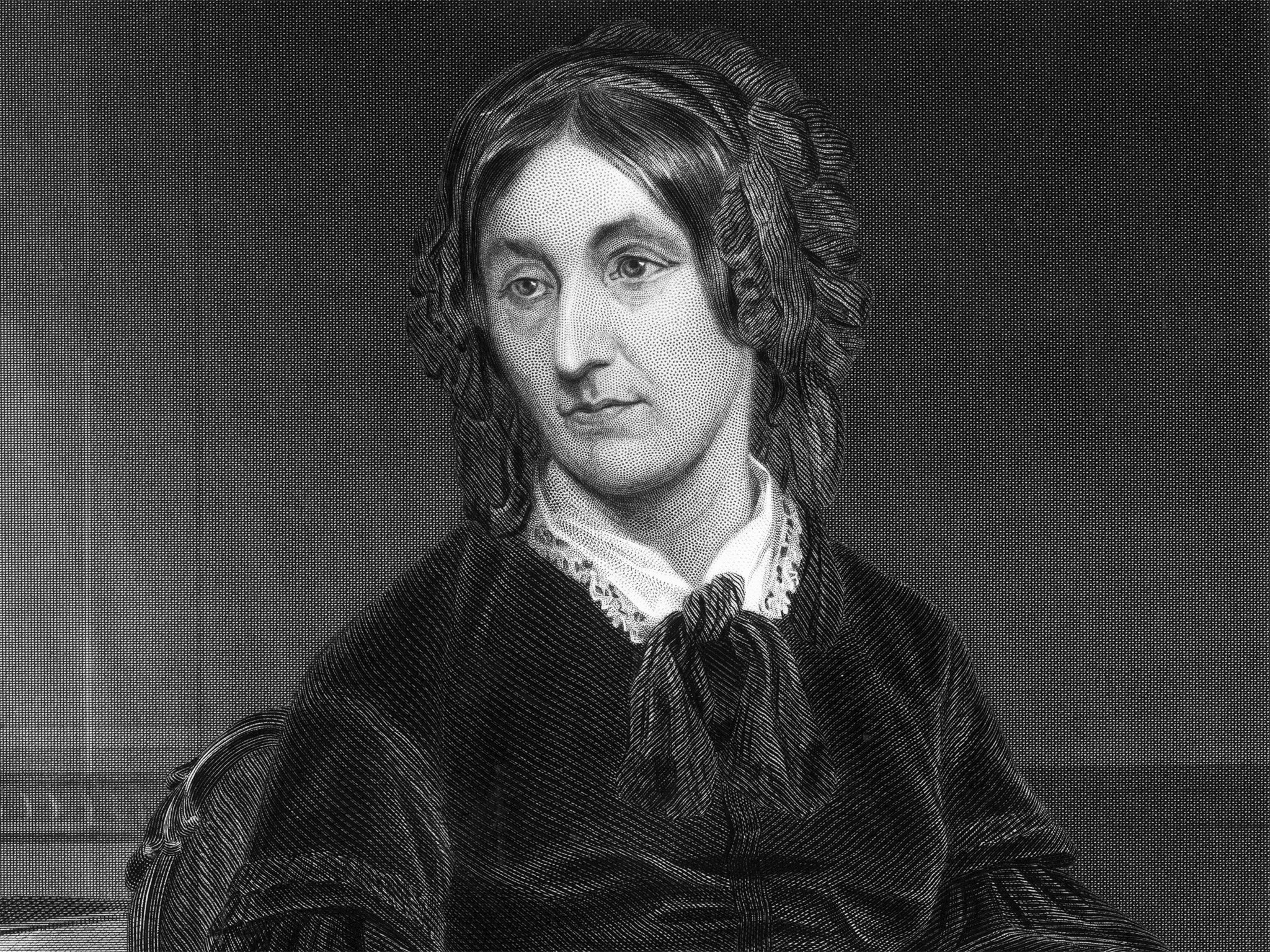Mary Somerville: Pioneering scientist to appear on new RBS £10 note
Mathematician will become first woman other than the Queen to appear on a Royal Bank of Scotland note after winning poll

Your support helps us to tell the story
From reproductive rights to climate change to Big Tech, The Independent is on the ground when the story is developing. Whether it's investigating the financials of Elon Musk's pro-Trump PAC or producing our latest documentary, 'The A Word', which shines a light on the American women fighting for reproductive rights, we know how important it is to parse out the facts from the messaging.
At such a critical moment in US history, we need reporters on the ground. Your donation allows us to keep sending journalists to speak to both sides of the story.
The Independent is trusted by Americans across the entire political spectrum. And unlike many other quality news outlets, we choose not to lock Americans out of our reporting and analysis with paywalls. We believe quality journalism should be available to everyone, paid for by those who can afford it.
Your support makes all the difference.A pioneering female scientist whose work in the field of astronomy led to the discovery of Neptune is to become the first woman other than the Queen to appear on a Royal Bank of Scotland banknote, after winning a public poll which was almost derailed amid claims of vote rigging.
Mary Somerville, the 19th century mathematician who overcame huge disadvantages to pursue her career at a time when women were discouraged from studying science, was announced as the winner of the RBS poll on Wednesday.
Her face will become increasingly familiar to Scots from next year, when it will start to appear on the bank’s new plastic £10 notes. But what was supposed to be a good natured public vote almost descended into farce amid suggestions that Somerville had been cheated out of her victory by fraudulent votes for another shortlisted candidate.
Mary Somerville
Born in 1780 in the Scottish border town of Jedburgh, Mary Somerville had to overcome numerous obstacles to pursue a career in science at a time when women were discouraged from studying the subject. Her family was wealthy enough to afford to give her a good education and she was later able to actively pursue academia after inheriting money from her first husband.
A mathematician and astronomer, she is credited with playing an instrumental role in the discovery of Neptune, thanks to her hypothesis that another planet might be influencing the orbit of Uranus. Somerville was jointly nominated to become first female member of the Royal Astronomical Society at the same time as Caroline Herschel. She died in Naples in 1872 at the age of 91.
The competition, which was organised through the RBS Facebook page and invited users to “like” the image of their preferred historical figure, looked set to be won by Somerville as the week-long ballot drew to a close on Sunday. But a sudden surge in votes for Thomas Telford, the civil engineer dubbed “the Colossus of roads” for his remarkable contribution to British infrastructure, saw him start to mount a challenge.
In the space of a few hours, Telford had overtaken both Somerville and James Clerk Maxwell, the celebrated physicist who was the other shortlisted contender, to apparently claim victory. Facebook users immediately spotted the strange voting pattern and cried foul, forcing RBS to delay the announcement of the winner while it investigated whether the last minute likes were genuine.
The bank found that only 700 of the more than 5,000 votes cast for Telford were made by UK Facebook users, with most coming from accounts registered in places such as Vietnam, India and Iraq. Many of the profiles also appeared to be lacking in normal social media activity, suggesting they may have been controlled by a “likebot”, automated software which can take control of bogus profiles and instruct them to like certain things.
“We don’t know the cause of it, but looking at a variety of factors it seems highly like that there was something happening that was not legitimate,” said an RBS source. Precisely why anyone would want to ensure that Telford’s face appeared on the new banknote is likely to remain a mystery.
“I was overwhelmed by the response to this initiative and would like to thank all those who took the time to vote. Having the opportunity to choose the face of our new £10 notes obviously meant a great deal to a great number of people,” a relieved Malcolm Buchanan, chair of the bank’s Scottish board, said.
“Any of our final nominees would have been worthy winners and we wanted to make sure that our choice properly reflected the wishes of those who took part. Mary Somerville’s immense contribution to science and her determination to succeed against all the odds clearly resonate as much today as they did during her lifetime.”
Dr Alice Prochaska, the principal of the University of Oxford’s Somerville College which was named after the female scientist, previously said she deserved to win. Describing her as “one of the greatest science writers of the 19th century”, she argued that Somerville was a “fantastic role model” for young female scientists.
* This article has been amended. It originally reported that Mary Somerville was to become the first woman (aside from the Queen) to appear on a Scottish banknote. In fact, the existing Clydesdale Bank ten pound note already depicts Mary Slessor and Janet Mullan appeared on a Bank of Scotland £20 note. Somerville will be the first woman to appear on a Royal Bank of Scotland note. 11/2/16
Join our commenting forum
Join thought-provoking conversations, follow other Independent readers and see their replies
Comments